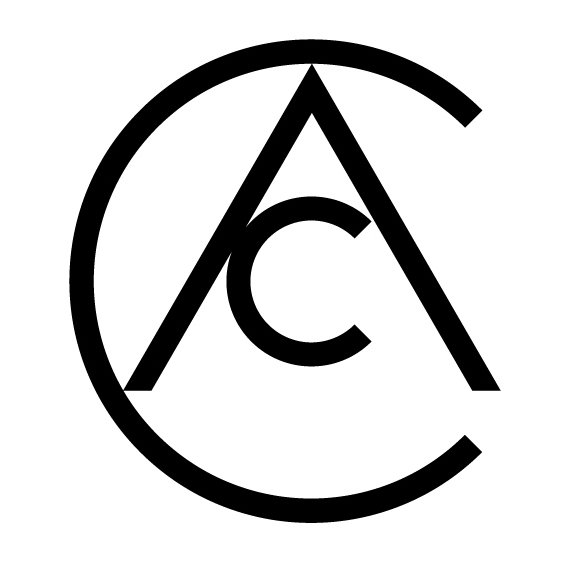Mary Di Iorio’s recent cycle, Cathedra, unfolds as a lucid meditation on material thought, clay thinking itself through motion, vibration, and the recursive time of the loop. What might once have been called a “medium” in the classical sense, ceramic, with its kiln-fixed ontology and its history of use, appears here not as a stable category but as a field traversed by vectors: filmic duration, acoustic insistence, the hand’s labor, the screen’s glow. To watch these short moving images is to enter a regime in which form is not given but perpetually negotiated, where the ceramic object refuses its customary submission to gravity, utility, and silence, and instead insists on becoming, becoming animated, becoming audible, becoming an idea.
All in Video Art
Diana Meridi
Diana Meridi’s video art exemplifies the profound power of contemporary creative expression. By merging philosophical depth with technical mastery, she challenges audiences to explore the unseen layers of existence and to confront the mystery of transformation. Her works stand as bridges between the mystical and the tangible, the poetic and the rational, offering insights that resonate across time and place.
“100 Artists Of The Future’ Art Book
We are glad announces The Launch Of Our Debut Book “100 Artists Of The Future’.
Interview with Danny Germansen
Danny Germansen (Born 1976) is a filmmaker and video-artist who was raised in a dysfunctional family in a little town on the west coast of Jutland in Denmark called Ribe. Playing music most of his teenager years, Danny first started to work with video and film at the age of 21. His main body of work are inspired by a life with disability, depression and mental breakdown.
Farhang Foundation Iranian Short Film Festival
Six finalists will be featured during the 9th Annual Farhang Foundation Short Film Festival at UCLA's Schoenberg Hall.





